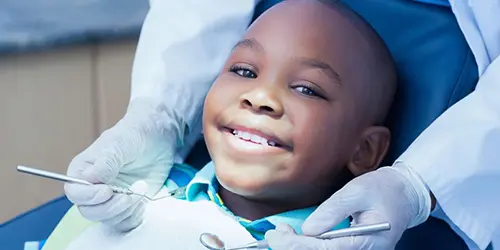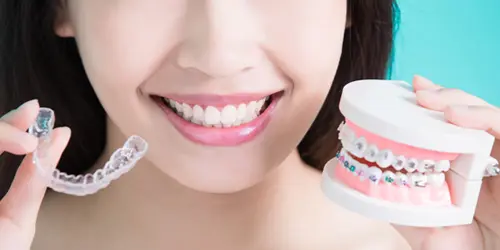We truly live in the digital world. Everything is now done with the help of computers and machines. One day, these machines may become smarter than us, but today they are helping us improve almost every filed. The dental world is no different. Digital dentistry is the current heading of the filed. Every dentist around the world is trying to implement digital techniques in their practice, and some have completely transformed theirs into a digital hub.
Dentists use digital radiographs almost daily. Here, we attempt to explain all you need to know about digital dentistry – low radiation dental radiography.
View this post on Instagram
What is digital dentistry?
Digital dentistry is every available technology that relies on computers at some point of their work. Computers are smart, and able to do computations and adjustments that a human eye, hands and brain cannot hope to do. Granted that a human touch is still needed, but some of the older techniques have now been rendered obsolete.
How are digital dentistry – low radiation dental radiography related?
Radiography (or Xrays) is among the earliest techniques to be affected by the digital world. In the old days, dentists made xrays through films that needed to be developed with special chemicals in a dark room (much like photographs). Digital radiographs, on the other hand, are a different story. The image appears directly on the computer screen, so the dentist doesn’t need to develop them
This serves many purposes:
-
Time saving:
The image appears instantly on the computer. This saves a lot of time of processing and going back and forth between the operating room and the dark room for development.
-
No errors:
Radiographic errors are very common. Or at least they were. Errors could be a result of a technique error during imaging, or an error during processing, which is more common. Digital xrays did nothing for the technique errors, but they completely eliminated processing errors. The computer takes care of the processing part, so no errors are expected.
-
A method of explanation:
Before digital radiographs, you would have had to explain complex procedures and minute details on a film that is 2×3 cm in size, which – obviously – is quite a burden. With digital films, the image appears on the much larger screen. Not only that, but you can manipulate the image as you want, making it darker or lighter, or highlighting a specific part or even adding some notes. All that makes the explanation process go a lot smoother.
-
Lower radiation dose:
This is probably the best thing about digital radiographs. Xrays are harmful, and although the dose used in dentistry is very small, still a possibility of harm exists. Digital radiographs need about 1/3 of the dose of traditional radiographs. This means virtually no chance of harm, and complete safety even for children and pregnant women.
Digital dentistry is a true marvel. It has touched almost every branch of dentistry. From impressions to imaging and even laboratories were all changed – for the better of course – and we can expect a lot more changes in the future as well.
Tags: Child dentist NY, digital dentist, digital xray, Pediatric dentist

